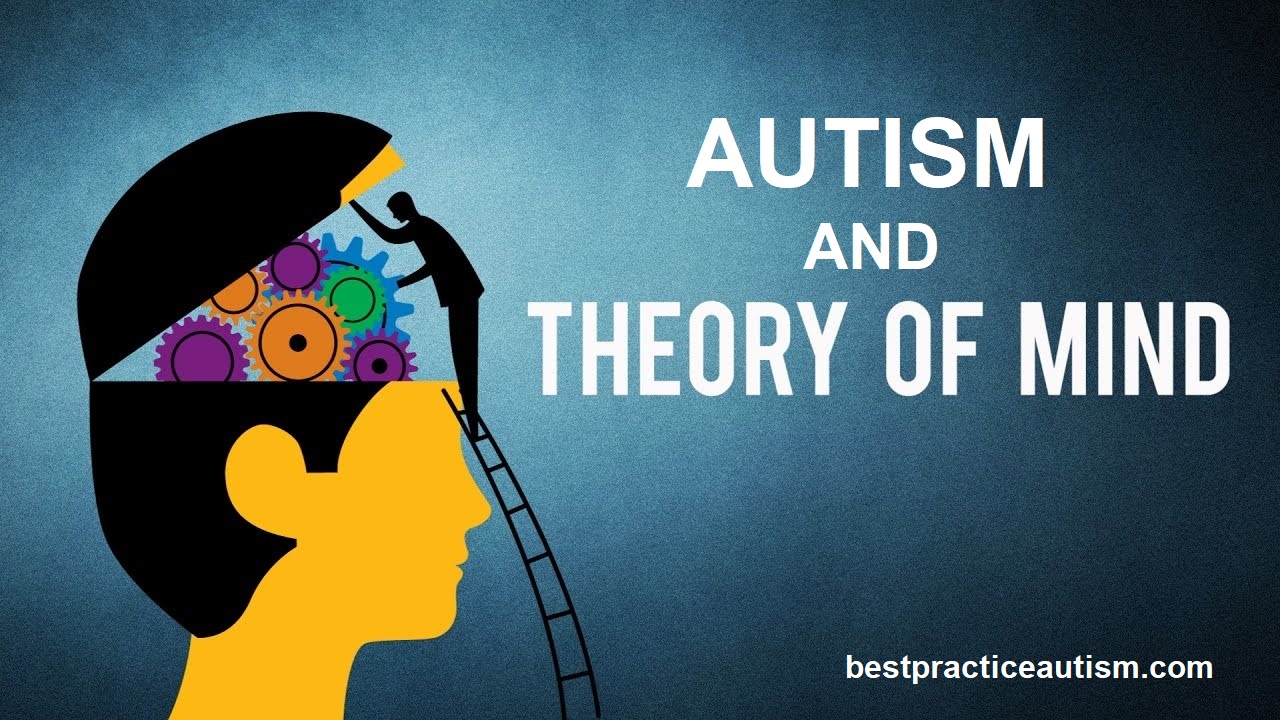
In this research project, Prof. David Williams use an improved methodological design to examine the differences in explicit awareness children have of their own and others' intentions within Autism Spectrum Disorder and typical development.
Find more about the Kent author here
Find the full paper here
About
To understand the distinction between an action and an accident, a person needs to recognize the intentions that underlie behavior. In typical development, infants as young as 18-months olds start to show some understanding of intentional and accidental behavior. However, research suggests that children do not fully and explicitly understand intentional behavior until they develop Theory of Mind (ToM, the ability to represent and understand one’s own and others’ beliefs and intentions), typically around the age of 4 to 5 years old.
A large body of research suggests that Autism Spectrum Disorder (ASD) is characterized by impairments in ToM, which is further evidenced by everyday social and communicative difficulties. Research on representing intentions in individuals with ASD has yielded mixed results, which is potentially caused by methodological shortcomings.
The current study therefore assessed the explicit awareness children with ASD and typically developing (TD) children have of their own and others’ intentions with an improved methodological design.
Research Objectives
• To explore the extent to which individuals with ASD, as well as TD children, are explicitly aware of their own and others’ intentions.
• To investigate how the ability to represent intentions relates to ToM.
Programme and Methodology
• Participants were children with ASD, comparison children with developmental delay and typically developing children.
Experiment 1:
• Participants completed the Knee-Jerk Task & ToM
Experiment 2:
• Participants completed the Transparent Intentions Task & ToM
Findings
• In Experiment 1, participants with ASD were significantly less likely than comparison participants to correctly recognize their own knee-jerk reflex movements as unintentional.
• In Experiment 2, participants with ASD were significantly less able than comparison participants to correctly recognize their own and another person’s mistaken actions as unintended.
• Performance on both tasks was related to Theory of Mind (the ability to represent one’s own and others’ beliefs and intentions).
Impact
• This project offers new and important insight on the representation of intentions in individuals with ASD.
• Individuals with ASD have limited awareness of their own and others’ intentions and such an awareness requires Theory of Mind.
• Some degree of diminished self-awareness in ASD.
• The findings offer clear and practical suggestions for educators.
• The notion that intention representation for both the self and others is impaired can help educators understand individuals with ASD and their behaviour better.